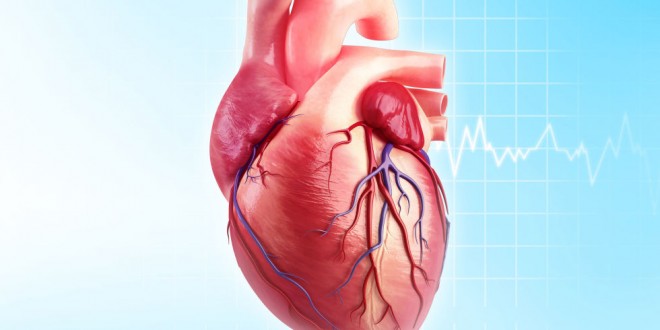Up to 40% of cases of erectile dysfunction (ED) originate from vascular disturbances associated with atherosclerotic disease, leading to the previously proven concomitance between ischaemic heart disease (IHD) and ED.
Scientists focused on men with ischemic heart disease, or hardening of the arteries, which restricts blood flow to the heart and – in cases of erectile dysfunction – also reduces circulation in the penis. This type of heart disease is linked to most cases of erectile dysfunction (ED) in men over 60.
Out of 500 men in the study, about 190 of them, or 38 percent, couldn’t name any of the six things they could do to minimize their risk of ED – quit smoking, shed excess pounds, control diabetes, lower cholesterol, reduce blood pressure and get more exercise.
Just 31 of them, or about 6 percent, could name all six of these modifiable risk factors for ED, the researchers report in the International Journal of Impotence Research.
Instead of focusing on these risks, many men think that ED is primarily caused by low testosterone, cycling or benign prostate tumors, study co-author Zygmunt Domagala of Wroclaw Medical University in Poland said by email.
“Patients simply don’t understand that a healthy lifestyle with leisure time physical activity and some diet modifications such as eating fish can influence penile function,” Domagala said.
The men in the study were 62 years old on average and all of them had experienced at least one previous heart attack.
Most of them were overweight, smoked and had high blood pressure, high cholesterol and diabetes. Nearly all of them failed to get sufficient exercise, and 15 percent were obese.
Almost 80 percent of the men experienced ED, with about 23 percent describing the condition as severe or moderate to severe.
Even though sedentary lifestyle was the most common modifiable risk factor for ED among men in the survey, patients were even less aware of this than the other contributors.
The most frequently cited risk factor was smoking, correctly identified by 179 of the participants. Excess weight was noted by 166 of the men.
Among the patients who could name at least one risk factor, 106 of them could name only one, while 64 cited two and 48 were able to list three.
Having ED didn’t make the men any more likely to identify modifiable risk factors, which may be due to a lack of effective sex education, the authors conclude.
One limitation of the study is that only a limited number of patients responded to all the questions, leaving limited data in particular for the severity of erectile dysfunction and the intensity of physical activity, the researchers acknowledge.
Even so, the results aren’t surprising, especially given how often patients and physicians alike are uncomfortable having frank discussions about sexual health, said Dr. Vito Angelo Giagulli, a researcher in endocrinology and metabolic diseases at the University of Bari in Italy who wasn’t involved in the study.
Agencies/Canadajournal
 Canada Journal – News of the World Articles and videos to bring you the biggest Canadian news stories from across the country every day
Canada Journal – News of the World Articles and videos to bring you the biggest Canadian news stories from across the country every day



